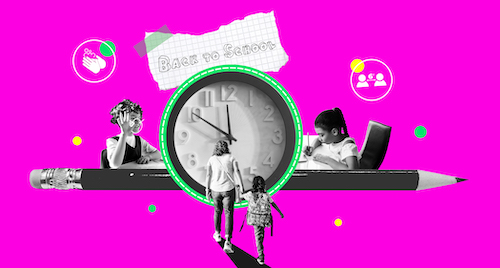
UM-Dearborn Education Lecturer Angela Capuano says there are a number of reasons why the sudden spring transition to remote K-12 education was particularly hard for children with special education needs. Capuano, who’s a clinical psychologist and board certified behavior analyst, says the sheer upset of a routine can be a far bigger deal for kids with neurodevelopmental disabilities like autism. And many students rely on their schools not just for more personalized in-person instruction, but access to behavior therapies that have a big impact beyond their education.
Now, after finally getting settled into new summer routines, special education students are set to navigate a new disruption — a back-to-school transition that’s anything but typical this year. To give families a leg up, Capuano and some colleagues from universities across Michigan put together a guide that’s packed with useful tips — whether a family is embarking on a fully remote learning experience or sending a child back to a school that now has lots of new health and safety rules.
“Each district is approaching things a little differently, but I’ve seen some where the majority of students are doing online instruction, but special education students are allowed to go back and meet with their teachers and therapists,” Capuano says. “That seems like a really encouraging model, because for a student with special needs, you can’t just sit them down in front of a computer and expect them to pay attention for hours at a time. Plus, there are fewer of them, so they can really spread out and take advantage of all that space.”






